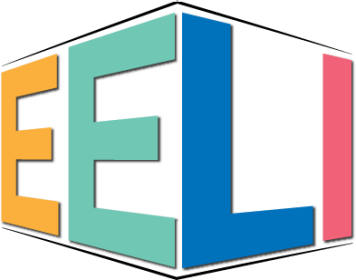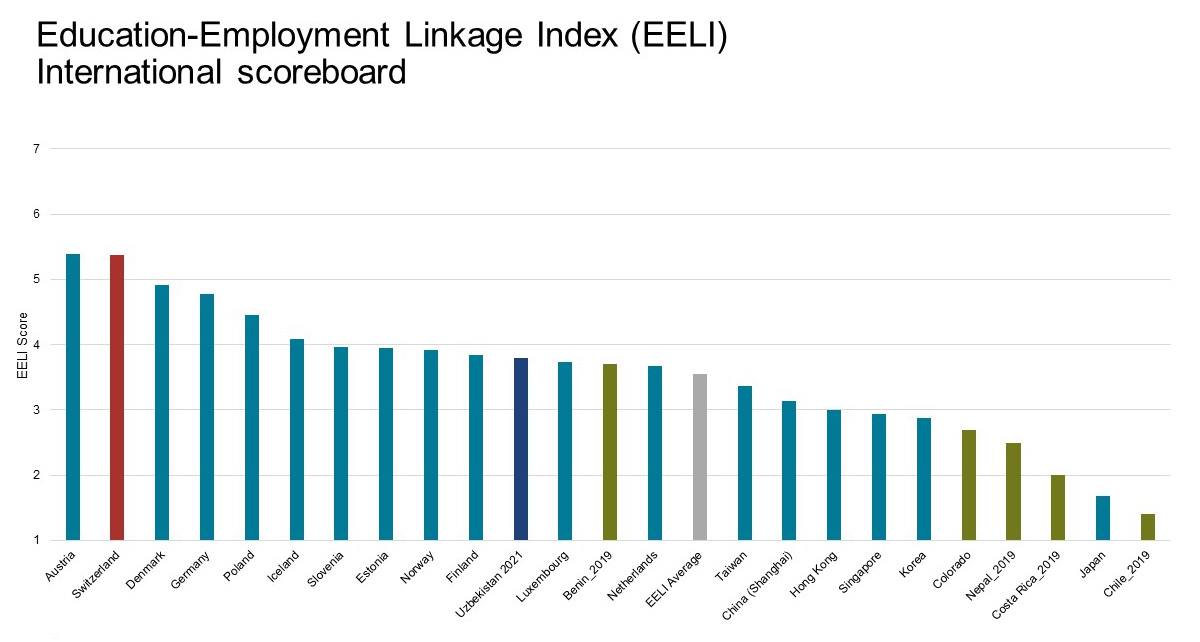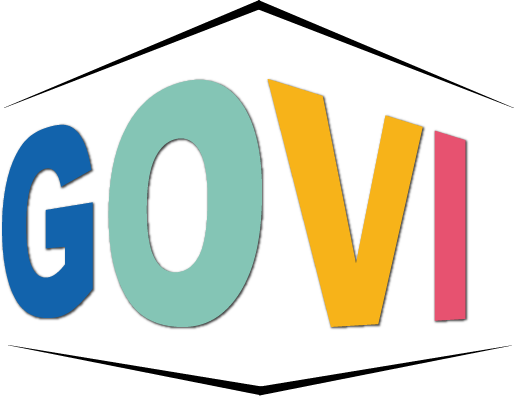Benchmark-Instruments
Benchmarking is a method widely used in business administration to compare companies and identify the best ones for reference. We take a similar methodological approach and develop benchmarking instruments comparing education systems and their subsystems. We either use internationally comparable indicators or develop our own measurement concepts based on functional equivalencies.
Youth Labour Market Index (YLMI)

Since its foundation, the CES research group has focused on the situation of young people in the labor market, because entering the labor market is crucial for young people to participate in social and economic life. For this reason, we developed a multifaceted index that captures the conditions for young people on the labor market: the CES Youth Labor Market Index (CES YLMI, formerly KOF YLMI).
This index and its components form the basis for further research that seeks to identify the causes of variation in youth labor market conditions across countries and over time. One possible cause that we are currently analyzing in greater depth is the influence of different education-system structures on the labor market (see project Education Systems and Youth Labor Market).
This project was financially supported by the Gebert Rüf Foundation from 2014 to 2017.
The CES YLM Index is also available to users as an interactive web tool.
Click here for ----> more information.
Education-Employment Linkage Index (EELI)

The Education-Employment Linkage Index (EELI) measures the extent to which actors from the education and employment systems interact for vocational education and training (VET).
Academic education falls entirely under the purview of education systems, but cooperation with actors from the employment system is required for VET. The distinction is that education oriented towards labor market demand creates a principal-agent problem; without linkage, employers demand skills and have to rely on the education system to supply those skills by identifying the correct up-to-date skill sets for each profession and successfully teaching them.
This creates an information asymmetry, as employers cannot be sure that graduates have the skills they need and education is unlikely to be completely correct in determining content. In addition, employers already have the newest technology on which to train students, which the education system can likely not afford. The entire training process resolves the principal-agent problem and conserves resources through cooperation.
We measure linkage in three dimensions of the Curriculum Value Chain (CVC), which categorizes education and training policies into the curriculum design phase, curriculum application phase, and curriculum feedback/updating phase. To construct the EELI, we identified sub-dimensions at every point within those phases where actors from the education and employment systems can potentially collaborate. We use an online survey of a large number of experts to generate data to calculate the index.
This instrument was created with 18 countries and is continuously used in additional countries.

Governance Index (GOVI)

The Governance Index (GOVI) is a tool that looks at key aspects of the governance of education systems with a specific focus on VET. It can assess governance across key dimensions like system permeability, system updating and management, financing and incentives, quality assurance, career guidance, and more.
It can also produce information on governance type (fragmented vs. coordinated) and mode (input-oriented vs. output-oriented).We also collect data on the governance network and the relations among actor groups like national and regional governments, employer associations, schools, and firms. With this information, we can explore the roles and effectiveness of intermediary organizations, identify areas of friction or bottlenecks in the network, and compare the network to similar networks in other contexts.
